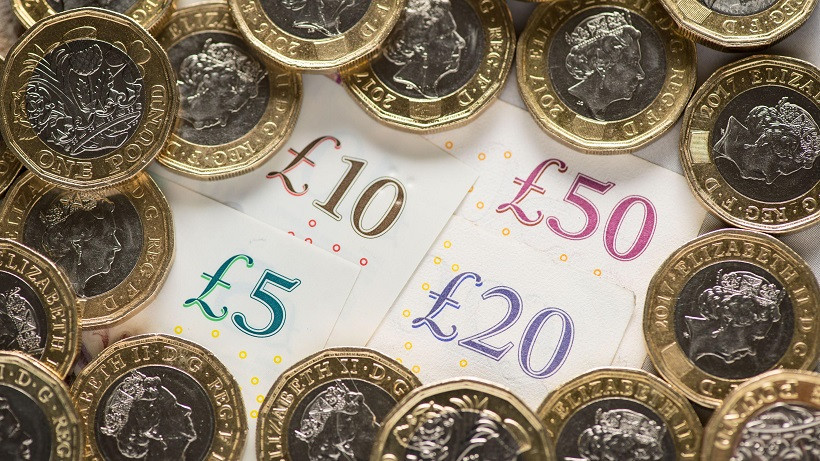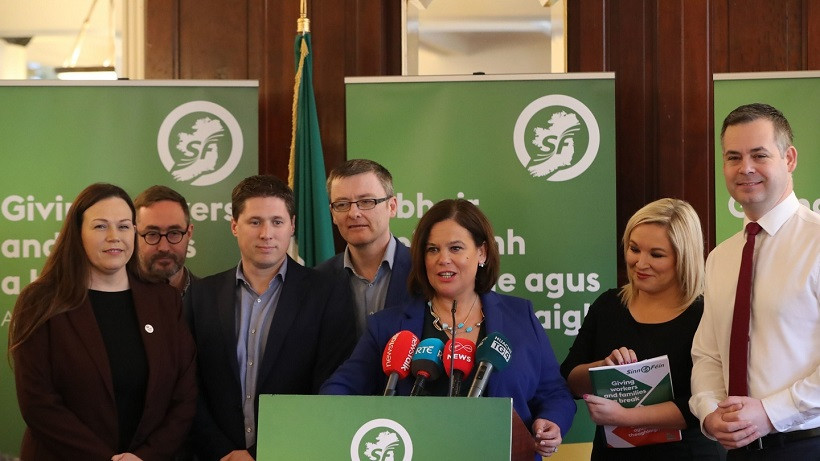Following the results of the May meeting, the Bank of England (BoE) raised the interest rate by 25 basis points, thus realizing the most predictable scenario. But despite another round of monetary tightening, the GBP/USD pair fell almost 300 points on Thursday, hitting a two-year price low. This happened for two reasons. Firstly, traders did not like the pessimistic rhetoric of BoE Governor Andrew Bailey, and secondly, the dollar began to strengthen its positions throughout the market again, having digested the results of the last Federal Reserve meeting. There is also a political factor, which, in my opinion, also contributed. As a result, the bears of the GBP/USD pair tested the 22nd figure on Friday - for the first time since the spring of 2020, when the coronavirus crisis created a real stir around the US currency.

The pair fell on Friday not only due to the strengthening of the greenback, but also due to the weakening of the pound. It is worth noting that the pound actually ignored the fact of the rate hike. After the release of the latest data on the growth of the consumer price index (which reflected the rise in inflation to 30-year highs), no one doubted that the BoE would conduct another round of monetary tightening. Therefore, the pound did not react to the rate increase - the market has long played this event. All attention was focused on the accompanying statements and forecasts of the central bank. And they, in turn, were not in favor of the British currency.
First of all, the central bank warned of a projected sharp slowdown in GDP growth "in the near future." In particular, next year the central bank expects the economy to contract by 0.25%, while previously it was expected to grow by 1.25%. In 2024, according to the updated forecast, the volume of GDP will increase by 0.25%, while earlier forecasts spoke of a 1% growth. As you can see, the BoE has significantly revised its forecasts, significantly worsening them. At the same time, the central bank significantly raised the estimate for inflation in the UK in 2022 (from 5.75% to 10.25%, that is, to a 40-year high).
Given such forecasts, it is not at all surprising that the word "stagflation" sounded quite often during Bailey's press conference. At the same time, he said that the members of the Committee do not agree with those people who believe that they should raise interest rates at a more aggressive pace. According to Bailey, "the central bank is concerned about the inflationary effects of the next round." The results of the May meeting of the BoE members puzzled market participants. By and large, the BoE has two main ways: either to raise the rate further, fighting inflationary growth (but at the same time pushing the economy into recession), or to put up with further growth in the consumer price index, hoping for an increase in GDP, or at least stagnation. It should be noted that such a dilemma will arise (or has already arisen) for many central banks of the world. But it was the English central bank that actually exposed this issue quite unambiguously. The reaction of the expert community was not long in coming: for example, according to currency strategists Standard Chartered and TD Securities, the BoE will slow down the pace of tightening monetary policy. In particular, according to Standard Chartered analysts, the British central bank will raise the rate in June and August, after which it will pause for an indefinite period.
In general, the pessimistic attitude of Bailey, as well as the prospects for stagflation, offset the hawkish optimism that was associated with the actual increase in interest rates. The pound was under a wave of short positions. This happened against the backdrop of a general strengthening of the dollar, which came to its senses after the Fed's May meeting. Apparently, traders have realized one obvious, in general, fact: the Fed will act much more decisively this year (and, most likely, next), compared to the BoE, the European Central Bank and other central banks of the leading countries of the world. Therefore, the dollar bulls regained their confidence: the US dollar index tested the 104th figure on Friday.
And yet, in my opinion, the pound's sharp decline on Thursday was associated not only with the disappointing results of the BoE's May meeting. Obviously, the political factor also played a role.
The fact is that in Northern Ireland, which, as you know, is part of the UK, for the first time in history, the nationalist party Sinn Fein wins, the official program goal of which is the unification of Ireland: that is, the region's secession from Britain and joining the Republic of Ireland. According to The Irish Times, this will be the first time in 101 years since partition that the Nationalist Party has taken power in Northern Ireland. Let me remind you that the division of Ireland into two territories occurred in 1921 after the War of Independence. The island was divided into Northern - as part of the United Kingdom of Great Britain - and Southern Ireland (now the Republic of Ireland). Moods for secession from the British in Northern Ireland intensified after Britain left the European Union.
Of course, it is still too early to talk about any practical steps in this direction. However, the very fact of the strengthening of the Sinn Fein party allowed the GBP/USD bears to increase the downward shaft.
As for the dollar's positions, here the dollar bulls are supported not only by the Fed, which has shown a hawkish attitude. The greenback is also supported by an external fundamental background. In particular, on Friday, the Russian Foreign Ministry announced that the Russian-Ukrainian negotiations "are in stagnation." Traders are also worried about the "Taiwan issue". Today it became known that Taiwan raised aircraft and put anti-aircraft missile systems on alert after 18 Chinese military aircraft entered the air defense zone of the island state. This news flow provoked an increase in anti-risk sentiment in the market.
Thus, short positions on the GBP/USD pair remain a priority. The first and so far the main target of the downward movement is 1.2230 - this is the lower line of the Bollinger Bands indicator on the D1 timeframe.













